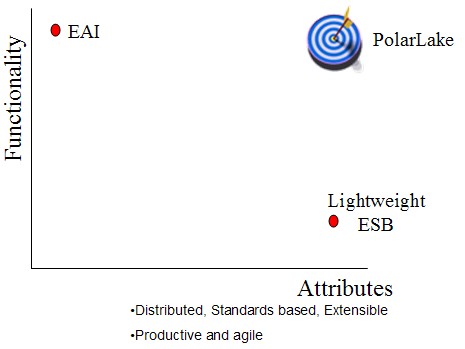I adore this machine. I come from the good old days of presentations done on overhead projectors with transparencies, and there was never a time when my transparencies weren’t covered with ink by the time that I finished a presentation. Then, along came PowerPoint and I was forced to gesture wildly at the screen instead, which is amazingly unsatisfactory. The tc4200 works like a regular laptop, but the screen swivels around and folds down flat, covering the keyboard, allowing me to write directly on the screen with the provided stylus. Now, I do my presentations on the tablet and am able to write and highlight all over the slides again. I’ve used this for several days of training plus some casual presentations that I’ve done in the past few months, and it works like a charm. I’ve had several favourable comments and envious glances about it from the attendees, as well. It’s also great for curling up in an easy chair and poking through my feeds in the web version of Bloglines, which is mostly a point-and-click activity that can easily be done with the stylus. The handwriting recognition is quite good, although my typing speed is fast enough that I don’t use that a lot — I’d rather convert back to keyboard mode and do 60 wpm.
The down side: it runs XP, which is a pig compared to Windows 2000, my previous operating system. On my old machine, which was less than half the speed, the same amount of memory (0.5GB) was plenty for Windows 2000, but I had to drop another 1GB into this for a total of 1.5GB before XP started behaving tolerably when I’m running multiple applications simultaneously. As far as I know, Windows 2000 doesn’t support tablets so I’m stuck with XP, and now I’m mostly used to the user interface, so I guess that I’ll just have to live with the crappy multitasking.
Also on the down side is the lack of a firewire port, and I haven’t been able to get my PCMCIA firewire card working properly with it: my Canon Elura 50 digital camcorder is not recognized, although the same card and camcorder work fine together on other machines. HP support claims that no one has tested a firewire card on this machine, so can’t even recommend a different card to buy. I’m suspecting that it has something to do with power to the PCMCIA slot, and that an externally-powered card might do the trick, which will require making a trip to a computer store with my laptop and camera to try said card before I buy. Troubleshooting three devices from different manufacturers is always a hassle, since none of the vendors will provide anything that resembles technical support.

